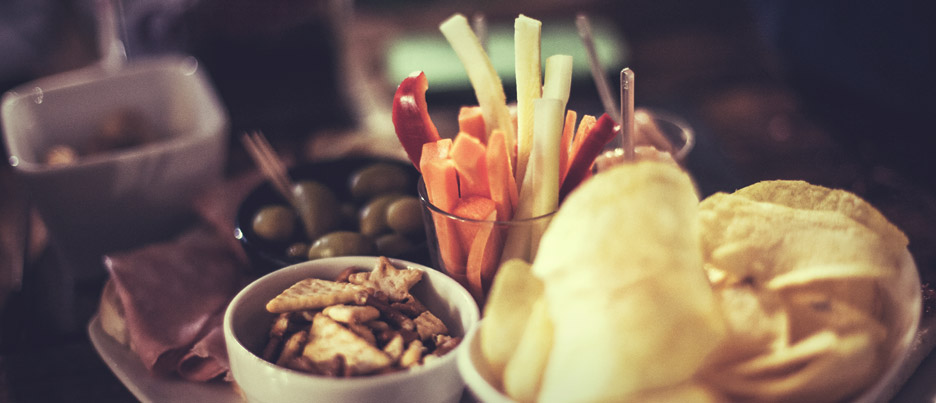Re-Packaging America’s Healthy Snack Industry

We’ve always been a world that snacks; from the introduction of Oreos in the 1910s, Twinkies and Fritos in the ‘30s and M&Ms in 1941, which were a way to send heat-resistant chocolates to WWII soldiers. In the ‘60s and ‘70s snacks as a convenience item blew up – the less assembly required to make a meal, the better!
Now, consumers are more aware about the ingredients and health benefits of the products they consume. More than any other generation, millennials are reading product labels. They’re looking for low-calorie, nutrient-rich options that don’t use artificial ingredients. In response, food companies are re-evaluating their product offerings to make them more snackable and healthy. Look no further than the popular 100-calorie packages of familiar products.
There are many examples of brands that are developing new product lines to fit into the snack category. Kellogg’s is attempting to make cereal sound like a great on-the-go snack with To Go pouches. The food company is even changing its packaging to remind consumers that cereal can make a great evening snack.
Brands that haven’t been on the snack train in the past are also jumping on board. Tyson has created packs of cut-up chicken to promote eating lean protein filled chicken. Hormel is testing its snack option called “Spam Snacks.” Currently bars, nuts, yogurt and in-home snack meals are trending at an all-time high in the projected $347 billion snacking industry, according to the NPD Group’s National Eating Trends®.
Snackification has led brands to transform the way they package and present their products. For example, B+L recently helped Gorilly Goods re-package its organic snacks. The new packaging is clean, reflects the high-quality organic snack and is eye catching. This is something many brands – especially in the snack arena – are exploring.
Packaging for snacks is like the presentation of a gourmet meal. An appealing package with a healthy label can do wonders for a snack. Consumers in the snack aisle want to easily read labels and quickly figure out if the product fits their particular dietary wants or needs. This is where having a clean design is most important. No one wants to spend ages turning over a product looking for the nutrition label, especially in today’s “I-want-it-now” society.
Snacks will continue to grow within the food industry, making it that much more important for brands to transform their products for the on-the-go consumer. A delicious, bite-size product will not cut it on its own. Catch the eye of your target with packaging that stands out against the rest.

